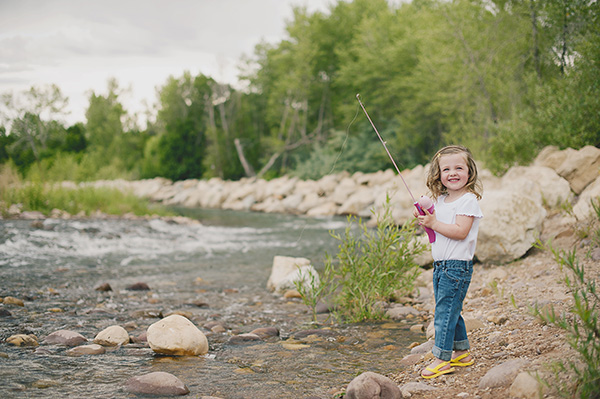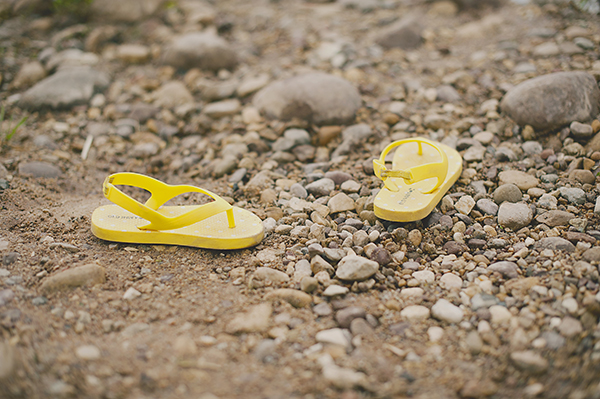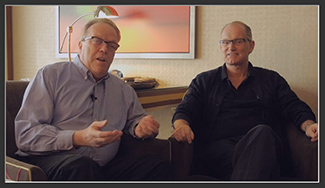 |
I’ve recently found myself in the following situation: Over the course of just a couple months, the two main digital cameras I shoot with have both been replaced by new models. This includes my everyday, ‘personal’ camera in the Fujifilm X100F and my ‘gig’ camera in the Nikon D750.
With the announcement of the X100V and D780, in the blink of an eye my kit suddenly went from feeling fresh to feeling like last night’s leftovers. But the more I dig into the differences between these modern generations of cameras and the generation which I own, the more I feel relieved. If you’re in a similar situation, let me assure you, it gets easier. Here’s why.
Pixel counts are leveling out
The megapixel wars have largely wound down and most brands aren’t fixating on increasing the number of pixels in a camera with each subsequent generation, as they have in the past. This is a trend we’re starting to see across the board from multiple brands. Case in point: my D750 has the same number of pixels as the D780, and the X100V offers only a modest 2MP gain over my X100F.
This is not to say neither brand has improved the image quality in these updated models. Indeed the D780 has far nicer JPEGs than the D750. That’s an important improvement, but not one that necessarily matters to me as a Raw shooter.
With the Fujifilm, I tend to stick to JPEG shooting and there’s no real difference between the two cameras there. The only real image quality difference comes down to the lenses: the X100V’s updated lens should provide better corner sharpness and close focus. I certainly can appreciate both of those improvements, the latter especially for portraiture. But then again doesn’t that just mean my X100F’s lens has more ‘character’ by comparison? I can live with that.
 |
| Double exposure shot in-camera on the Fujifilm X100F and edited in Adobe Photoshop. ISO 2000 |1/125 sec | F2 |
New features are nice but perhaps not necessary
So if camera companies aren’t making huge strides in image quality with the current generations coming out, where are they concentrating their efforts? The answers lie in usability refinements, autofocus improvements and video/feature additions. These are nice-to-haves, but for me, not need-to-haves.
Both my cameras have signs of a life well-lived. But they’re still as capable as ever – in fact more thanks to firmware updates – even if they’re not as beautiful as they once were. Just like me.
Sure, a tilting touchscreen would be a nice addition to my X100 camera, especially for street candids. But then again, I’ve already trained myself to shoot from the hip, while zone focusing with my X100F, so do I really need a tilting screen? The same goes for touch capability; yes, a touchscreen is handy for quick point placement, but the AF joystick on the X100F is also rather speedy.
Similarly, am I tempted by the D780’s excellent live view mode? Heck yes I am. But is it enough to make me want to replace my D750? No. The same goes for video. As a primarily stills shooter who dabbles, I’d definitely appreciate the D780’s movie-making features. But not enough to trade up.
 |
| Shot on the Nikon D750 and edited in Adobe Camera Raw. ISO 12,800 | 1/250 sec | F2.2 | Nikon 20mm F1.8G |
Simpler can sometimes be better
I’m not trying to get all philosophical here, but when it comes to getting creative, simplicity can often be refreshing. Because even though my D750 and X100F offer limited usability compared to their updated counterparts, specifically when shooting with the rear LCD, those limiting factors streamline how I use these cameras.
Moreover, other comparative limitations just mean I’ll have to come up with creative workarounds, not unlike learning to shoot from the hip blindly due to the lack of a flip-out LCD. And creative workarounds spawn even more creative thinking – the secret sauce of good photography.
‘Shiny and new’ is overrated
We’ve all brought home a shiny new gadget, whether it be a camera, a smartphone or some other device, and babied it like we’d birthed it ourselves. But shiny new things aren’t meant to stay shiny and new forever – a fact that can take a while to sink in.
On the other hand, there’s something to be said for the comfort of time-tested, worn-out gear. Both my cameras show signs of a life well lived, complete with love and some hard knocks. But they’re still as capable as ever – in fact more so thanks to firmware updates – even if they’re not as beautiful as they once were. Just like me. Which means I don’t hesitate to grab my X100F to tag along for a night on the town, out of fear it may sustain some sort damage. But with a brand new X100V, I might be more cautious.
 |
| Shot on the X100F and edited in Adobe Lightroom. ISO 400 | 1/1600 sec | F5.6 |
Happiness is accepting the inevitable
Aging is inevitable: just as a new car loses its value once driven off the lot and your camera’s shutter starts to wear after the first shot, we too begin to age the moment we are born. That may sound depressing, but it’s not! Here’s a lyric by the folk singer Jeffrey Lewis to explain why…
‘Time is going to take so much away, but there’s a way that you can offer time a trade. Because your looks are gonna leave you. And your city’s gonna change too. And your shoes are gonna wear through. So you gotta do something that you can get smarter at, you gotta do something you might just be a starter at. You better do something that you can get better at, because that’s the thing that time will leave you with.’
So don’t worry about having last generation’s model, instead invest that energy in your own photographic passion and betterment. Because just as your camera will inevitably fall out of vogue, your time behind it too will one day come to an end. Get out there and shoot!
Articles: Digital Photography Review (dpreview.com)




























You must be logged in to post a comment.